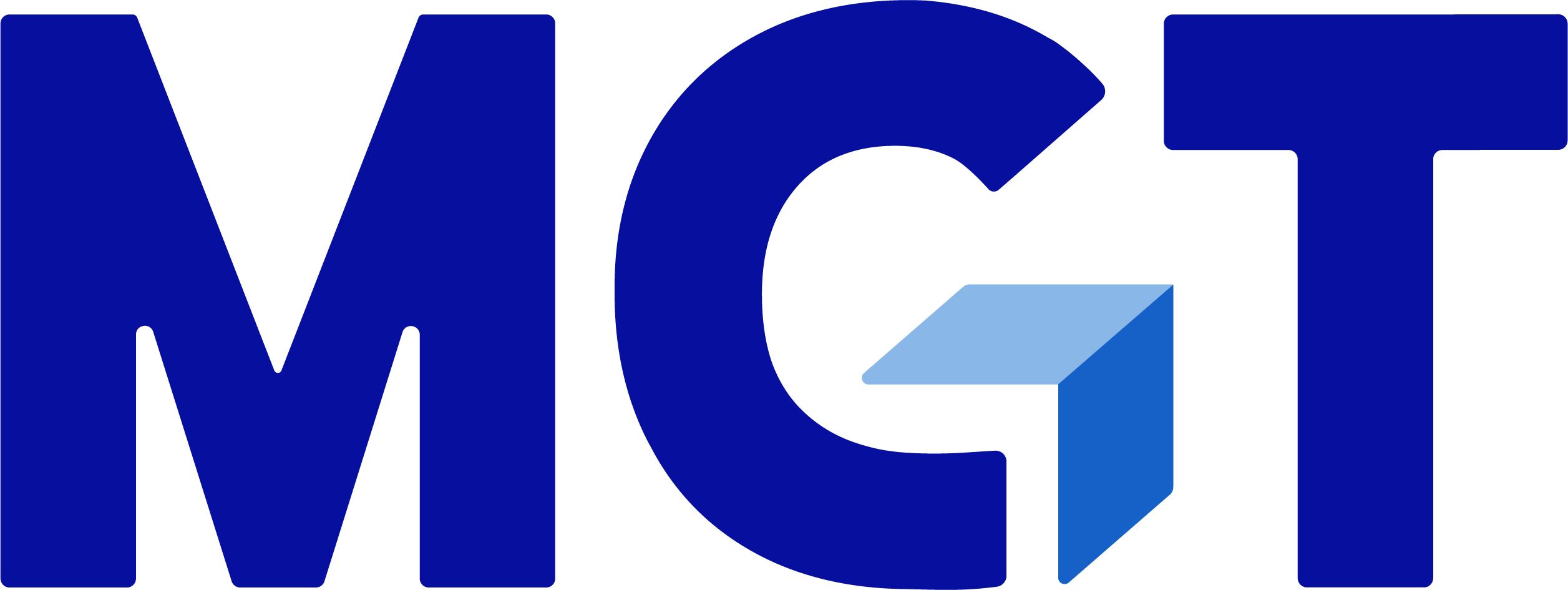You’ve been teaching math at a large, urban middle school for 15 years. Your students come primarily from two elementary schools – one of which houses a STEM magnet program, while the other is persistently low-performing – so your classes always include a wide range of skills and background knowledge. In addition, English Learners make up about 15% of the student body.
After two months of online learning, you’re exhausted and ready for things to return to normal. But you also know that almost 30% of students schoolwide didn’t engage in remote lessons at all, and thinking about your own class, you estimate that another quarter took advantage of flexible grading policies and did just enough to avoid an incomplete.
The thing that troubles you the most, however, is the handful of your students who don’t have stable housing, and you worry about what social distancing has meant for them. You haven’t heard from any of them since March.
By the time they come back this month, students will have been away from school for five months. While we won’t know the real impact of this period until all students and teachers are back in their classrooms, it’s safe to assume that students will return with unprecedented gaps in learning. Our best estimates show that nationwide, almost a quarter of students didn’t engage in remote learning at all. In addition to academic challenges, many students will have experienced trauma as a result of Covid-19 and the affiliated “Stay at Home” orders. These variables combined will lead to enormous differences in student readiness this fall.
As teachers look ahead to an uncertain fall semester, making a plan to understand what knowledge and skills students are bringing into the classroom will be more essential than ever. On the other hand, most teachers know that diagnostic testing is never fun and often ineffective. As they design an assessment plan for the fall, educators should consider the following principles:
1. Make it quick
Too often, teachers are encouraged to spend multiple days administering diagnostic tests, universal screeners, or benchmark pre-tests during the first few weeks of school. Not only is this dull for everyone involved, it can also be discouraging for students and set a negative tone for the year. On top of the usual challenges, every minute we have with students in the classroom will be extremely valuable this school year, as teachers work to spiral in missed content and prepare for another interrupted school year. So, just as you prioritize standards for teaching, prioritize standards for assessment. Think about your students, where you typically see gaps, and what you know they likely missed this spring. What’s the smallest set of questions you could ask that would tell you what you need to know about their current knowledge and skills? Now is not the time to gauge their writing stamina or precision in manual calculations – so start with the assessment resources you already have, but don’t be afraid to leave questions on the cutting room floor.
2. Emphasize the “why”
Assessments can be stressful for everyone – teachers, students, and families – and tensions around accountability and catching students up will be heightened this school year. In addition, some students will be returning to school having experienced additional trauma as a result of the pandemic. Assessing students’ readiness for the year without exacerbating their anxiety will be a fine but important line to walk. Focusing on why students are being assessed – along with making it quick – will go a long way. Teachers should emphasize that any diagnostics they give are low-stakes and focus on how the results will help them meet student needs.
3. Focus on accuracy
Too often, pre-packaged diagnostics or universal screeners are not only long and boring, but also result in data that teachers don’t see as reliable or accurate. If teachers don’t believe in the data, there is no point in gathering it. This happens for a few different reasons: the questions are too easy for students to demonstrate the extent of their knowledge, it’s too difficult for them to engage with at all, or the assessment takes so long that students get fatigued and don’t try (to name a few). To ensure that they get a true sense of students’ readiness this fall, teachers should pay special attention to whether the diagnostics they use are likely to misidentify students. Think hard about rigor, question types, and multiple modalities of assessment, and build buy-in from students by emphasizing the “why”.
4. Remember the whole child
Students will be coming back with more than just learning gaps. There will be serious gaps and inequities in student’s social-emotional wellness. As we have all seen on at least 50 different memes by now, Students must Maslow before they can Bloom! What may appear on the surface as serious learning gaps could actually have more to do with trauma, a lack of routine and rhythm during, or food and housing uncertainty during COVID. They may know more than they are able to show until safety, belonging, and normalcy in the learning environment are reestablished. Build relationships with your students. Know them and be willing to dig deep into the root causes of the gaps you identify.
For teachers and students to be successful this year, they will need to start by understanding students’ readiness. That’s always been true, and luckily, we are trained and equipped as educators to fill those gaps. That’s what we do. However, this year it will be more essential and urgent than ever that we remember why we are assessing and that we identify gaps in an authentic, efficient, and holistic way.
About the authors:
Mavis Snelson, a former middle school math teacher, is a Senior Program Manager at Ed Direction, where she works with teachers, school leaders, and policy-makers across the country. Mavis spends about half of her time in schools working with administrators, teams, and individual teachers to build capacity In addition, she works with legislators and other policy-makers to design school improvement programs that provide an influx of much needed support for chronically underperforming schools.
Charlie Lyons earned a master’s degree in school administration from UNCG and, after years in the classroom, continued his path in education through the NC Principal Fellows Program. After several successful stints as an elementary, middle, and high school administrator, he decided to partner with Jane Williams to found DRIVE with the ultimate goal of spreading their unique and impactful methods of school improvement to a larger community.

Start a Conversation
Thank you for your interest in Cicero Group. Please select from the options below to get in touch with us.
